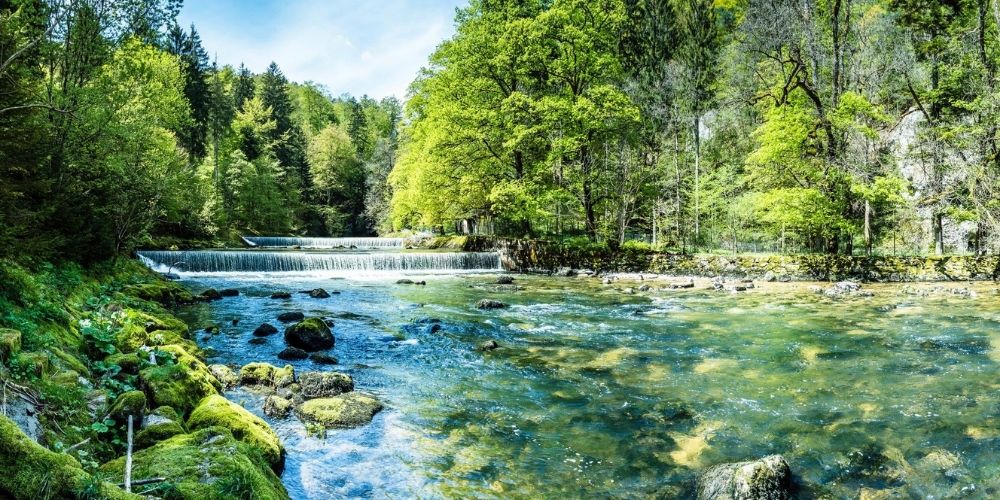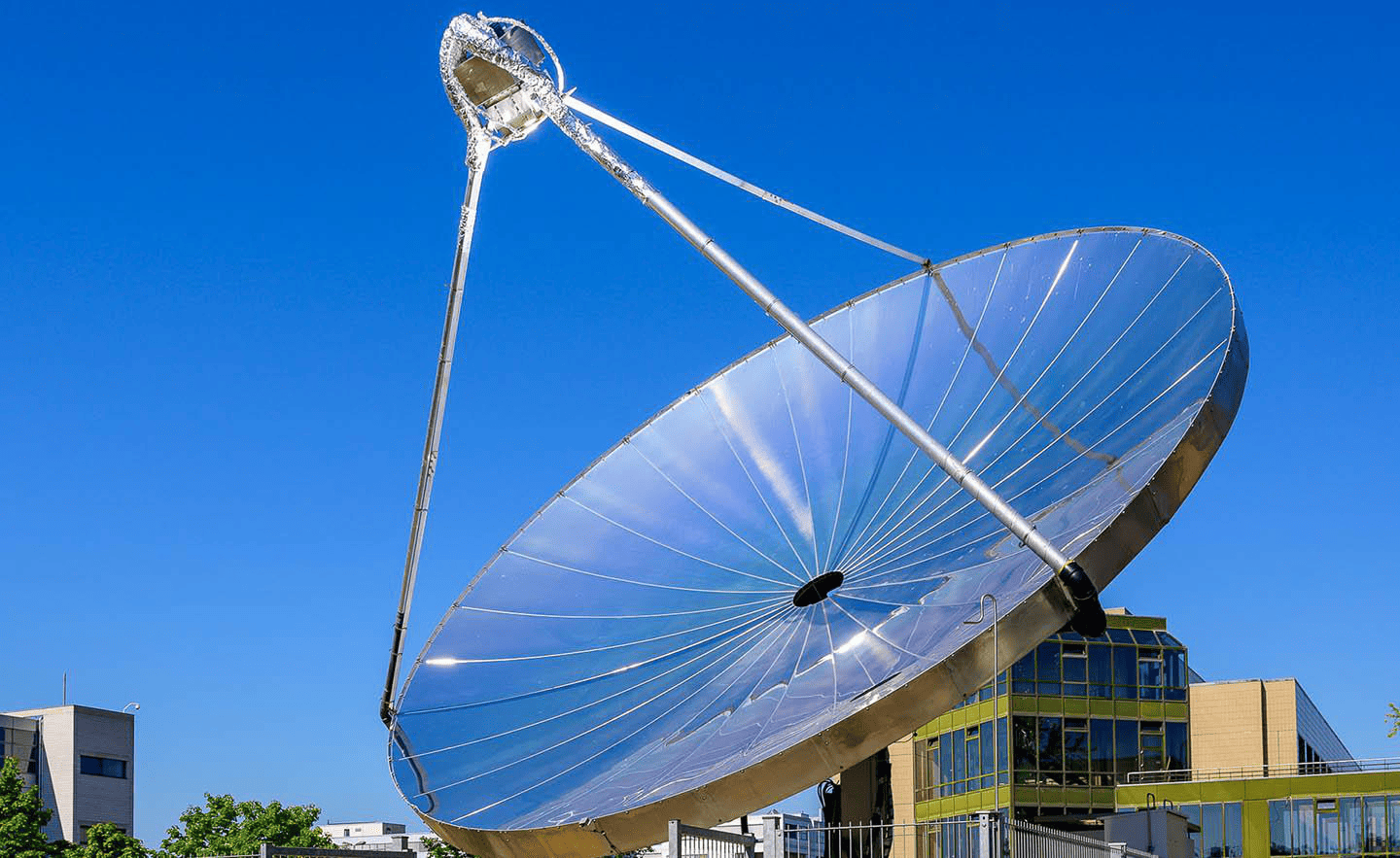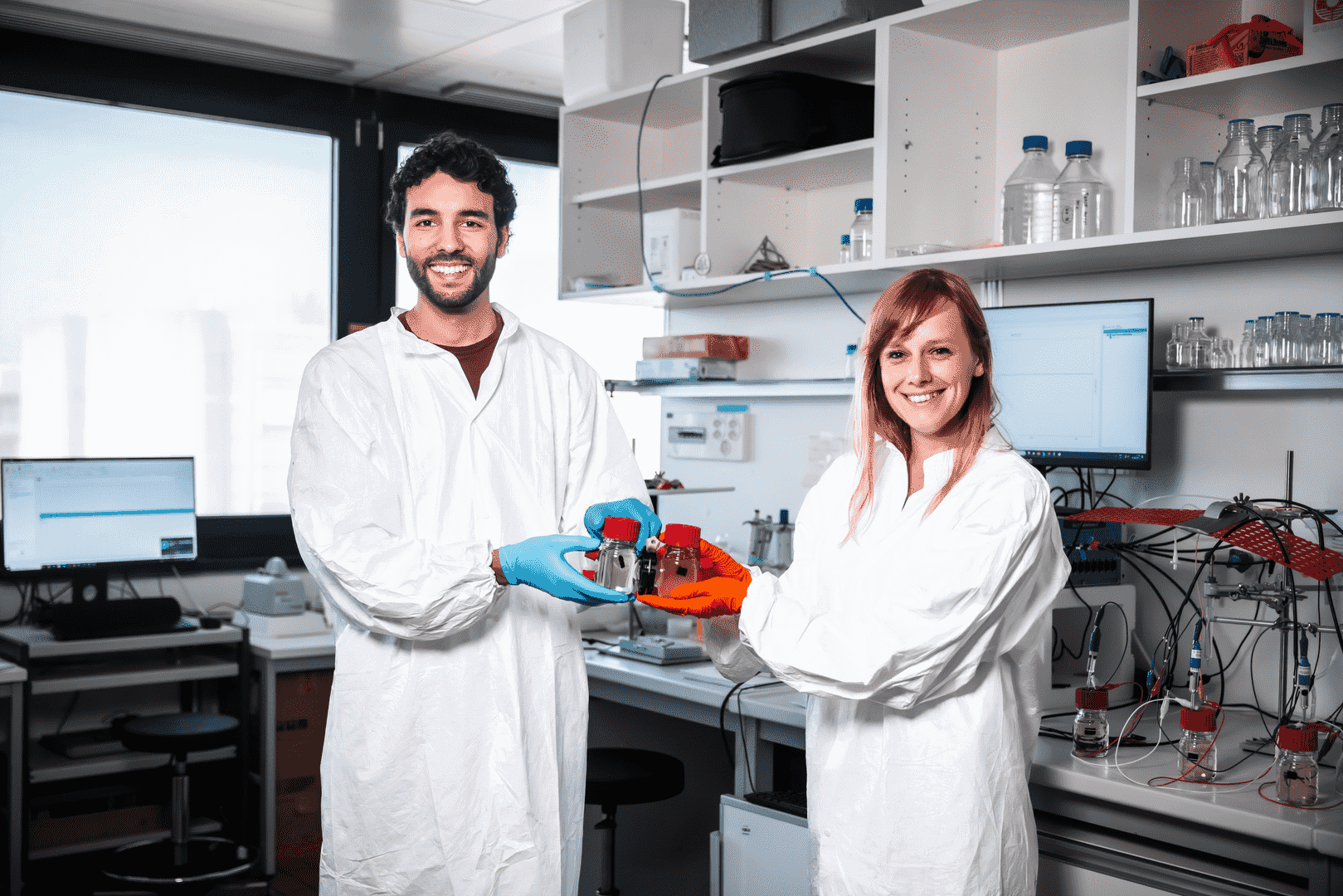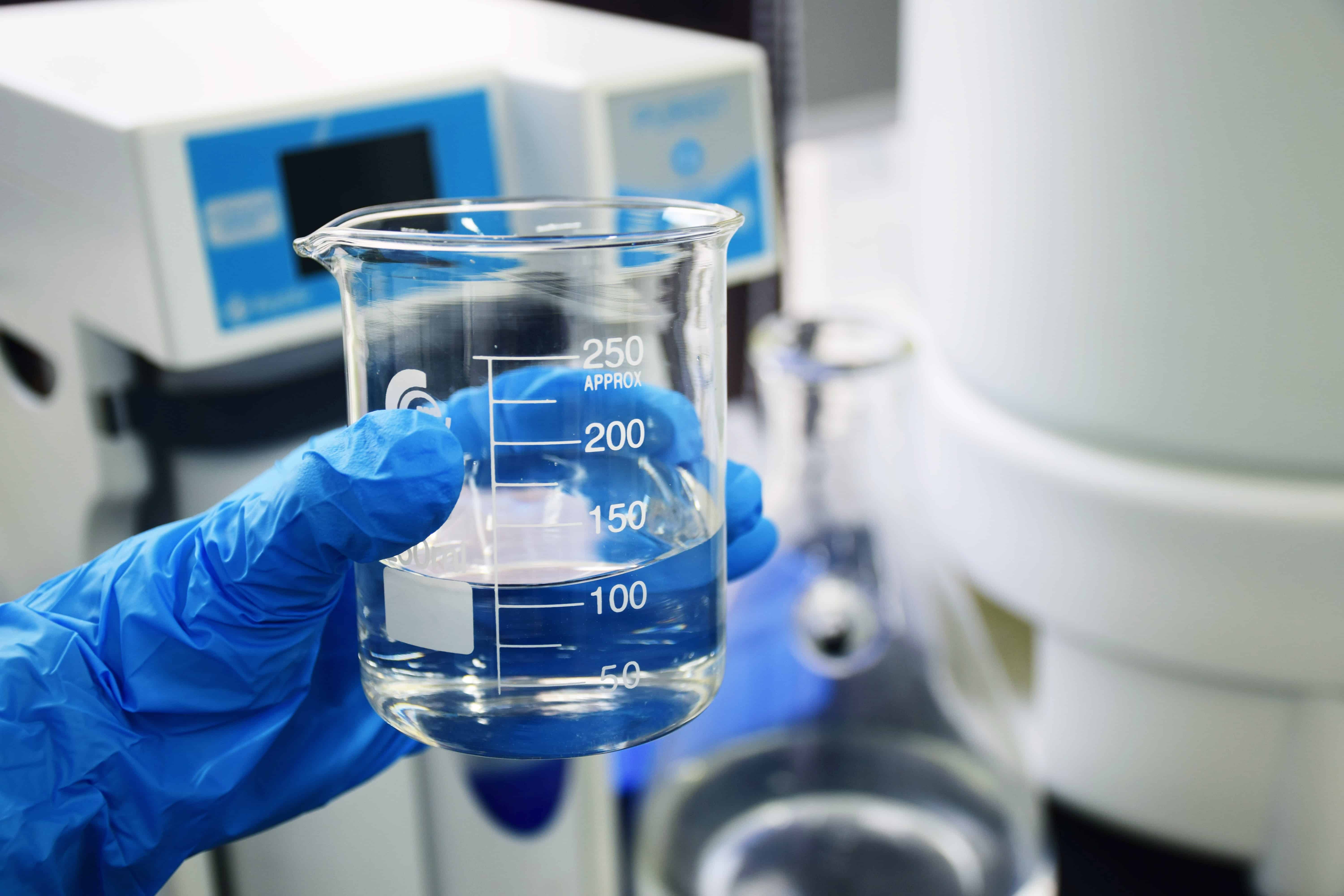
If we take immediate measures to reduce CO2 emissions, we could limit the rise in the temperature of Swiss rivers to 1°C between now and 2090 without drastically affecting their discharge. Inaction, on the other hand, would threaten ecosystems and jeopardize the country’s agriculture sector and electricity production. That’s according to a survey announced by the École polytechnique fédérale de Lausanne (EPFL) via a press release today (February 24, 2022).
Adrien Michel, a PhD student in environmental science and engineering at EPFL, has published a forward-looking study on the impact of global warming on Swiss rivers in the journal Hydrology and Earth System Sciences.
3 scenarios
Michel’s research lays out three possible scenarios that depend on whether greenhouse gas emissions are low, moderate or high. In the most extreme scenario, in which we take no action, river temperatures in the summer can be expected to increase by 5.5°C in Alpine regions and by 4°C in Swiss Plateau catchments. At the same time, average river discharge could decrease by 30 percent in the mountains and 25 percent in lowland areas.
Unchanged in the lowlands
Conversely, if CO2 emissions are reduced in line with the Paris Climate Accord, both Alpine and Swiss Plateau rivers would only be 1°C warmer at the end of the century. Discharge would decrease by 5 percent in mountain catchments while remaining nearly unchanged in the lowlands. In the low-emission scenario, nearly half of all remaining glaciers would be preserved, with retreat leveling off around 2050. In the high-emission scenario they would all but disappear.
Michel has carried out his doctoral work at the Laboratory of Cryospheric Sciences within EPFL’s School of Architecture, Civil and Environmental Engineering. This is a follow-up to his retrospective study on the impact of global warming on Swiss rivers, that was published in January 2020.
Greater extremes
The new study, on which Michel is the lead author, also showed that winter and summer extremes will be greater in Plateau regions under all three scenarios. In the winter, increased precipitation will bring about higher discharge. In the summer, more sporadic precipitation along with higher evaporation rates caused by rising temperatures will lead to a decrease in discharge. Michel relied on climate projections from MeteoSwiss and glacier melt data from ETH Zürich to model snow and discharge levels and river temperatures.
Oranges in Switzerland
“We’ll surely be able to grow oranges in this part of the world”, says Michel. “But what about the rest of biodiversity?” This study is naturally based on how things stand today, while much about the end of the century remains unknown. What will happen to the agricultural and energy sectors? And to river flora and fauna, since rising temperatures hinder reproduction and increase the risk of disease in fish?
How will we ensure adequate electricity production if discharge decreases drastically? And if Switzerland decides to build new nuclear power or other industrial plants, how will we keep them cool?
“People tend to think that water is an unlimited resource in Switzerland”, Michel says. “But by the end of this century, we may well have to choose between using our rivers to water our crops and damming them up in order to produce energy”.
Also interesting: Thawing permafrost is increasingly triggering rockfalls in high alpine regions
Selected for you!
Innovation Origins is the European platform for innovation news. In addition to the many reports from our own editors in 15 European countries, we select the most important press releases from reliable sources. This way you can stay up to date on what is happening in the world of innovation. Are you or do you know an organization that should not be missing from our list of selected sources? Then report to our editorial team.






